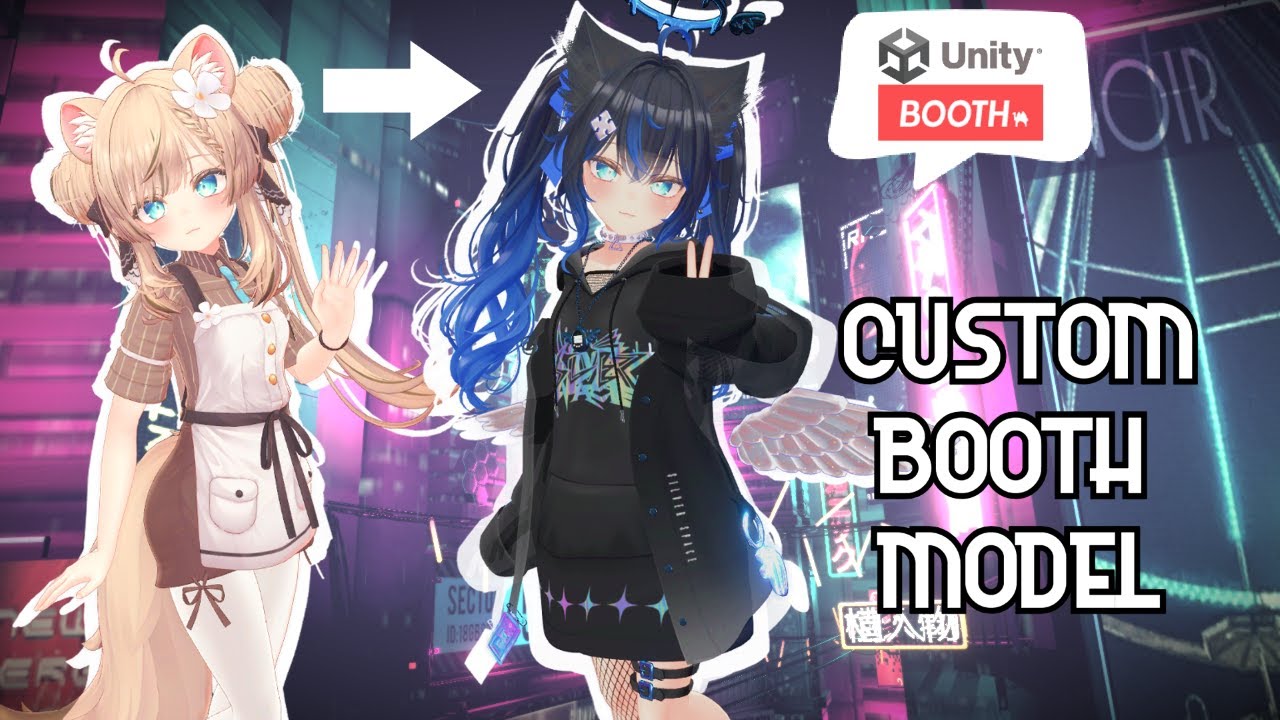
Add Accessories to Your Avatar in CLO 3D (Blender & C4D)

Introduction
In today's tutorial, I will guide you through the process of adding props, specifically sunglasses and shoes, to your avatar in CLO 3D. This process requires some essential steps in both Cinema 4D (C4D) and Blender to ensure compatibility and proper integration into CLO 3D. Let's get started!
Step 1: Ensure Consistency in Units
To avoid any discrepancies during the export and import process, it is vital to ensure that the units in CLO 3D match those in your 3D application (C4D or Blender). You do not want to design in millimeters and export in centimeters, as this inconsistency can cause scaling issues.
In CLO 3D:
- Go to Settings and then User Settings.
- Switch to cm or mm based on your design preference.
Step 2: Exporting Your Avatar
Once your units are set, proceed to export your avatar:
- Select the avatar you wish to export.
- Go to File > Export > FBX.
- When prompted, ensure that you have selected the avatar, and set the scale to cm.
- Include textures as needed.
Example:
- For creating props for shoes, exporting the whole avatar is important even when not necessary for other props.
Step 3: Working in Cinema 4D
Once you’ve exported your avatar as an FBX, open it in Cinema 4D:
- Check your units under Edit > Preferences to ensure they are set to centimeters.
- Merge the FBX file and import your geometry without needing lights or cameras.
- Select any unwanted components, like hair, and delete them.
Adding Sunglasses:
- Download a 3D model of sunglasses from a site like Cardnav (assets are free).
- Import the sunglasses into your C4D project.
- Scale and position the sunglasses on the avatar's face.
- Group the glasses into one object for seamless exporting.
Adjusting the Axis:
To avoid errors in CLO 3D, ensure the sunglasses are positioned correctly:
- Move the sunglasses to the world origin (0, 0, 0).
- Use the axis tool to correctly align your glasses before exporting.
Step 4: Repeat in Blender (Optional)
If you prefer Blender:
- Import your avatar FBX and ensure the units are set to centimeters.
- Follow similar steps as in C4D for importing and positioning the glasses.
Step 5: Texturing Your Props
Regardless of the software used, proper texturing is essential:
- Create materials in C4D or Blender for different glasses attributes (gold, plastic, etc.)
- Ensure you apply the correct material to each part of your sunglasses.
Step 6: Export Accessories to CLO 3D
When your accessories are positioned and textured:
- Export them as FBX, ensuring the selection is set to include all required components.
- Save the file in an organized manner for easy retrieval (e.g., Glasses_01_Flat).
Registering Accessories in CLO 3D:
- While in CLO 3D, go to Register Accessory to add your new glasses.
- Change the accessory type to glasses, select the FBX file and create.
- Repeat for heel shoes using similar steps.
Conclusion
By carefully following these steps, adding customized accessories to your avatar in CLO 3D is streamlined. It's a powerful way to enhance your design and create unique character styles.
Feel free to rewatch sections of this tutorial for a better understanding. Remember to like, comment, and subscribe to stay updated with more tutorials!
Keywords
- CLO 3D
- Accessories
- Avatar
- Blender
- Cinema 4D
- FBX export
- Units consistency
- Texturing
- Props
FAQ
Q1: Why is it important to ensure unit consistency?
A1: Consistent units prevent scaling issues and ensure your accessories fit your avatar correctly.
Q2: How do I export my avatar from CLO 3D?
A2: Go to File > Export > FBX and ensure you select the appropriate export settings.
Q3: Can I use Blender instead of C4D for these steps?
A3: Yes, you can use Blender; simply follow similar steps for importing and positioning your accessories.
Q4: What should I do if CLO 3D displays an error regarding my accessory's position?
A4: Ensure that your accessory's axis is in the world origin (0, 0, 0) and aligned correctly before exporting.
Q5: How do I apply textures to my props?
A5: Create materials in your 3D application and apply them to different parts of your props before exporting to CLO 3D.
One more thing
In addition to the incredible tools mentioned above, for those looking to elevate their video creation process even further, Topview.ai stands out as a revolutionary online AI video editor.
TopView.ai provides two powerful tools to help you make ads video in one click.
Materials to Video: you can upload your raw footage or pictures, TopView.ai will edit video based on media you uploaded for you.
Link to Video: you can paste an E-Commerce product link, TopView.ai will generate a video for you.











